Morrison Okiemute Osiezagha
Ensemble Supervised Learning-based Approaches for Mobile Network Coverage and Quality Predictions in a University Setting
Okiemute Osiezagha, Morrison; Kumar Mishra, Bhupesh; Fagbola, Temitayo Matthew
Authors
Dr Bhupesh Mishra Bhupesh.Mishra@hull.ac.uk
Lecturer
Dr Temitayo Matthew Fagbola Temitayo-Matthew.Fagbola@hull.ac.uk
Teaching Fellow
Abstract
This research explores the application of predictive analytics through Machine Learning (ML) algorithms to enhance Mobile Network Key Performance Indicators (KPIs), specifically focusing on Reference Signal Received Power (RSRP) as coverage and Reference Signal Received Quality (RSRQ) as quality. Various regression and classification modelling techniques were applied to drive-test measurements collected around the University of Hull, utilizing supervised ML algorithms such as Decision Tree (DT), Logistic Regression (LogisticR), Random Forest (RF), Support Vector Machine/Regressor (SVM/SVR), Light Gradient Boosting Machine (LightGBM), K-Nearest Neighbour (KNN), Extra Trees (ET), Extreme Gradient Boosting (XGB), Multi-Layer Perceptron (MLP), Deep Neural Network (DNN), Gaussian Naïve Bayes (GNB), and Gradient Boosting (GB) to benchmark the performance of four Mobile Net-work Operators (MNOs)/Mobile Virtual Network Operators (MVNOs) at various locations around the University of Hull, with additional model validation conducted in Hull City Centre, Barton Upon Humber, and Newland as use cases.
The Random Forest (RF) model emerged as the best-performing algorithm, achieving a Root Mean Squared Error (RMSE) and Mean Absolute Error (MAE) below 3.7, a Mean Absolute Percentage Error (MAPE) under 7.03, a Coefficient of Determination (R²) greater than 74%, a Receiver Operating Characteristic Area Under the Curve (ROC_AUC) above 93%, and an Accuracy exceeding 82%. Additionally, the ensemble learning (EL) model, which combined the strengths of RF, GB, ET, SVR, XGB, and LightGBM for regression, and LogisticR, SVM, MLP, GB, ET, and RF for classification, delivered an overall performance with RMSE and MAE below 4, R² above 72%, accuracy exceeding 81%, and ROC_AUC above 85%. This highlights the EL model’s ability to predict network coverage (RSRP) and quality (RSRQ) as excellent, good, fair, bad, or poor with high precision.
This study demonstrates the uniqueness of integrating multiple KPIs (RSRP and RSRQ) and prediction techniques (regression and classification) within an Artificial Intelligence (AI)-driven solution, providing a robust framework for improving network performance, particularly in scenarios where data collection through drive testing is limited.
Citation
Okiemute Osiezagha, M., Kumar Mishra, B., & Fagbola, T. M. (2024, August). Ensemble Supervised Learning-based Approaches for Mobile Network Coverage and Quality Predictions in a University Setting. Paper presented at International Conference on Intelligent Systems with Applications in Communications, Computing and IoT (ICISCCI-2K24), Vardhaman College of Engineering, Hyderabad, India
| Presentation Conference Type | Conference Paper (unpublished) |
|---|---|
| Conference Name | International Conference on Intelligent Systems with Applications in Communications, Computing and IoT (ICISCCI-2K24) |
| Start Date | Aug 23, 2024 |
| End Date | Aug 24, 2024 |
| Acceptance Date | Aug 3, 2024 |
| Publication Date | 2025 |
| Deposit Date | Aug 29, 2024 |
| Publicly Available Date | May 28, 2025 |
| Peer Reviewed | Peer Reviewed |
| Public URL | https://hull-repository.worktribe.com/output/4792819 |
| External URL | https://iciscci.eai-conferences.org/2023/ |
Files
Ensemble Supervised Learning-based Approaches for Mobile Network Coverage and Quality Predictions in a University Setting
(2.9 Mb)
PDF
Copyright Statement
© The Authors. All Rights Reserved.
